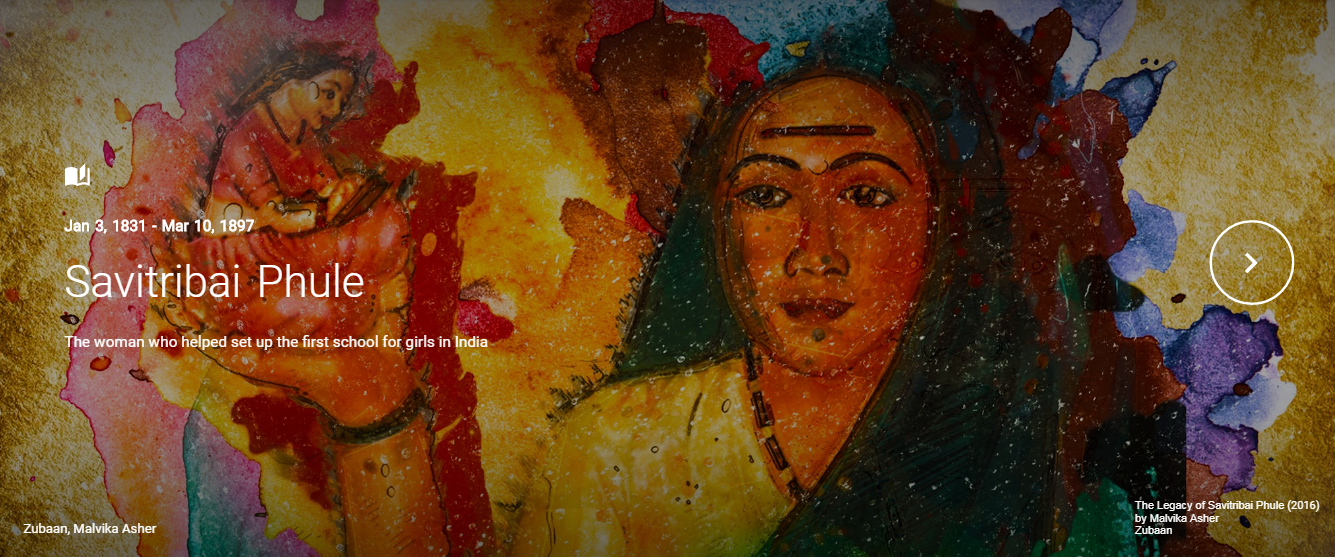
Life Sketch of Savitribai Phule – Timeline
“Savitribai Phule (1831-97), struggled and suffered with her revolutionary husband in an equal measure, but remains obscured due to casteist and sexist negligence. Apart from her identity as Jotirao Phule’s wife, she is little known even in academia. Modern India’s first woman teacher, a radical exponent of mass and female education, a champion of women’s liberation, a pioneer of engaged poetry, a courageous mass leader who took on the forces of caste and patriarchy certainly had her independent identity and contribution. It is indeed a measure of the ruthlessness of elite-controlled knowledge-production that a figure as important as Savitribai Phule fails to find any mention in the history of modern India. Her life and struggle deserves to be appreciated by a wider spectrum, and made known to non-Marathi people as well,” writes Braj Ranjan Mani.
Here we present life-sketch of Savitribai Phule. In case we have missed any important event from the life of Savitribai Phule or have made any mistake while recording any event, let us know in the comments section and we will try to update the timeline. Alternatively, you can submit further information here. If you like this timeline, share it with your friends!
Default Timeline
Savitribai Jyotirao Phule was born on January 3, 1831 at Naigaon, about 50 km from Pune. She was the eldest daughter of mother Lakshmi and father Khandoji Neveshe Patil.
As was the practice then, at the age of nine, she was married to twelve-year-old Jyotirao Phule in 1840. Savitribai and Jyotirao had no children of their own but they adopted Yashavantrao, a son born to a widowed Brahmin.
Shortly after the marriage to Jyotiba Phule, education of Savitribai Phule started. Impressed by her thirst for learning, Savitribai’s husband, Jyotirao Phule, taught her to read and write. Becoming fond of teaching, Savitribai trained at Ms Farar’s Institution in Ahmednagar.
Savitribai Phule along with Sagunabai started school in Maharwada on 1st may 1847, initially 8-9 girls were enrolled but within year strength reached to 40-45.
Country’s first school for girls was started at Bhide Wada in Pune. On 1st Jan. 1848, India’s first school for girls was started at Bhide Wada in Pune by Mahatma Jotiba Phule and Savitribai Phule. The present condition of that first school for girls is miserable because of the lack of interest from subsequent governments in preserving the Dalit-Bahujan heritage. The condition of Bhide Wada where first lady teacher of the nation Savitribai Phule taught along with Fatima Begum! Thanks to Brahmin-Bania run governments.
India’s first school was started at Bhide Wada in Pune by Phule couple, Savitribai Phule became not only the first woman teacher but Savitribai was nominated as India’s first lady headmistress in 1st Jan 1848.
Life of Savitribai Phule as a teacher in the school at the time when upper caste orthodox people used to look down wasn’t easy and many times they used to pelt stones and throw dung on her. The young couple faced severe opposition from almost all sections. Savitribai was subject to intense harassment every day as she walked to the school. Stones, mud and dirt were flung at her as she passed but Savitribai Phule faced everything courageously.
Savitribai Phule and Jotiba Phule’s work of educating downtrodden and girls infuriated many Brahmins of that time and because of the fears of attacks from orthodox Brahmins, Jyotiba Phule’s father was afraid. In 1849, both Savitribai Phule and Jotiba Phule were thrown out of their home.
After being thrown out of their home, Savitribai Phule and Jotiba Phule started school for adults at Usman Sheikh’s Wada in Pune for educating Shudra and Ati-Shudra community. Savitribai taught at this school along with the first Muslim woman teacher of India, Fatima Sheikh.
Savitribai Phule is also said to have inspired a young student to ask for a library for the school at an award ceremony instead of gifts for herself. She inspired the young girls to take up painting, writing, and other activities. An essay written by a young girl, Mukta Salve, at that time became the face of Dalit literature and Dalit Feminism. Parent-teacher meeting was conducted at regular intervals to aware the parents about the importance of education and to encourage their children to attend the schools regularly.
You might wonder the Right to Education Act, midday meal schemes are a modern-day concept but Savitribai Phule and Jotiba Phule set the stage for it almost 170 years back by giving stipends to children to reduce the dropout rate in schools. They took initiatives to reduce malnutrition in children by taking care of the health of each and every child in school.
By 1851, Savitribai Phule along with her husband was running three schools with around 150 female students. For her, education was not simply alphabetical learning, but rather, an evolution of the mind itself. Her innovative methods of teaching slowly attracted the common people, as the number of girls increased.
On 16th Nov. 1852, Phule family was honoured by the British government for their works in the field of education and Savtribai was declared as the best teacher.
Savitribai Phule started Mahila Seva Mandal in 1852, which worked for raising women’s consciousness about their human rights, the dignity of life and other social issues. She went on to organise a successful barbers strike in Mumbai and Pune against the prevailing practice of shaving of widows’ heads.
On 28 January 1853, the first-ever infanticide prohibition home of India was started by Savitribai Phule. Due to the Brahminical Social Order, those were the days when women irrespective of their caste and class were very much oppressed in all fields of life. There were many patriarchal and Brahminical traditions, values and rituals which were against women. There were a large number of widows in the Pune City and the nearby villages during days. Adolescents and young girls happened to more among in the widows. These widows were boycotted publicly and with the meagre financial support, they were clandestine subjects to sexual exploitation. They happened to be pregnant due to lack of contraceptives or other measures. So they had to be victimised for the reason for which they had not been responsible. Women had to lose their life due to unhealthy ways of abortion. Many newborns were been killed after delivery by widows to avoid social ostracism. Many times they had to leave their home. On 28 January 1853, Savitribai started a shelter for such women – Infanticide Prohibition Home – the first of its kind in India. In this Infanticide Prohibition Home, widows could give birth to their children and leave them there. Sixty-six women gave birth to their children in that shelter up to 1873.This was a great historical work that Savitribai did at that time – in the dark ages.
Savitribai Phule wrote many poems against discrimination and advised people to get educated. Savitribai Phule was the first Shudra women, in fact, the first Indian woman whose poems got noticed in the British empire. Savitribai Phule was the mother of modern poetry stressing the necessity of English and education through her poems. “Kavya Phule”- the first collection of poems was published in 1854. Read a few of her poems from “Kavyaphule” from here.
In 1855, a night school for agriculturist and labourers was started by Phule couple. There were many downtrodden people who had no option to go to regular schools but could themselves available only at night so to cater their needs Phule couple started the night school.
Savitribai Phule edited and published Jyotirao Phule’s Speeches on 25 December 1856. It contains four speeches by Jyotirao Phule.
Phule couple started orphanage home for the pregnant widows in 1863 so that they can give birth to their children and live without the fear of society.
At a time when even the shadow of untouchables was considered impure when the people were unwilling to offer water to thirsty untouchables, Savitribai Phule and Mahatma Jotiba Phule opened the well in their house for the use of untouchables. It was a challenge thrown at the Brahmins to change their mindset towards untouchables (But unfortunately, the sick mindset of so-called upper castes have not changed even after almost 200 years, Dalit (untouchables) still strive for water rights).
When Jotiba Phule established the Satya Shodhak Samaj, Savitribai became the head of the women’s section which included ninety female members. Moreover, she worked tirelessly as a school teacher for girls. After Jotiba Phule’s death, she was the chairperson of Satya Shodhak Samaj and carried his work ahead. Savitribai Phule acted as a Chairperson of Satya Shodhak Samaj Conference at Saswad in 1893. Its purpose was to liberate the Shudra and Untouchable castes from exploitation and oppression.
In 1874, Phule couple adopted the son of Kashibai, a Brahmin widow. When Infanticide Prohibition Home started by Savitribai Phule working as a hospital, Savitribai did not remain as one who served to widows but she went further in this regard. She adopted a child from a Brahmin widow (Kashibai) and thereby gave a message to the progressive people of the society. This adopted child was named Yashwant Rao, who later became a doctor.
During the 1876 to 1898 famines, Savitribai Phule worked courageously with her husband and suggested many new ways to overcome the difficult time. They started distributing free food at many locations. Phule couple started 52 free food hostels in Maharashtra.
In July 1889, when Jyotiba Phule suffered a stroke and right side of the body was paralyzed, Savitribai nursed him night and day hence he managed to recover and write again.
During the draught in 1897, Savitribai Phule forced British government, that was ignoring the well-being of people, to start relief work
Savitribai and her adopted son, Yashwant, opened a clinic to treat those affected by the bubonic plague when it appeared in the area around Nallasopara in 1897. Savitribai Phule personally took patients to the clinic where her son served them. While caring for the patients, she contracted the disease herself. She died from it on 10 March 1897 while serving a plague patient.
A century after her death, on 10 March 1998, a stamp was released by India Post in honour of Savitribai Phule.
In 2015, the University of Pune was renamed as Savitribai Phule Pune University in her honour.
On 3 January 2017, the search engine Google marked the 186th birth anniversary of Savitribai Phule with a Google doodle.
Images Source – Google


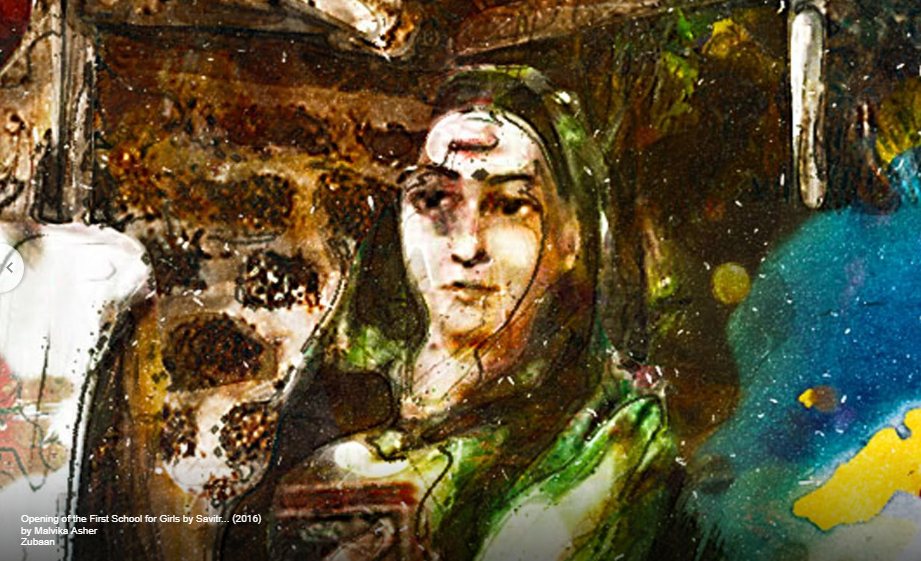
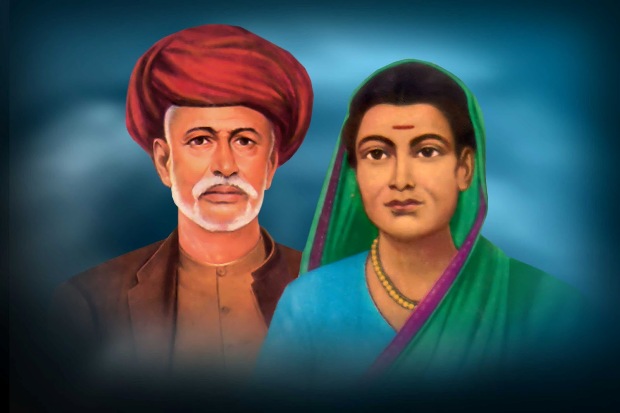
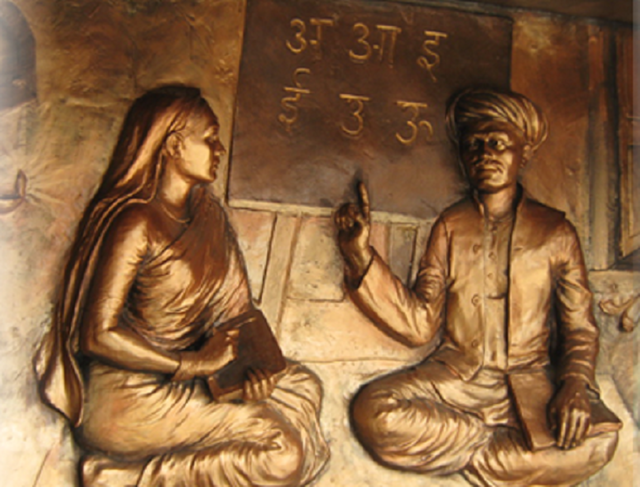
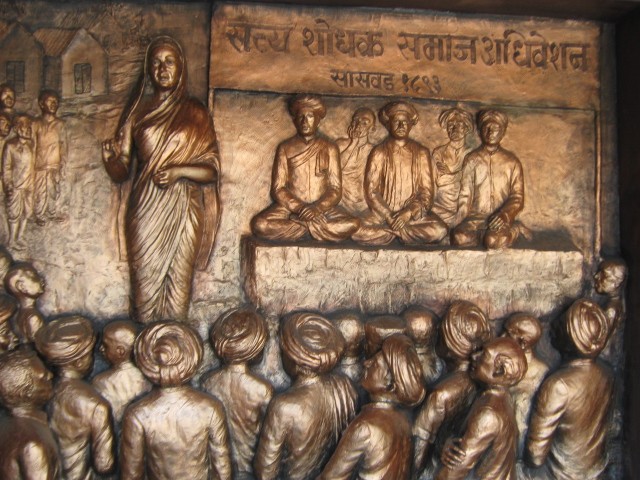
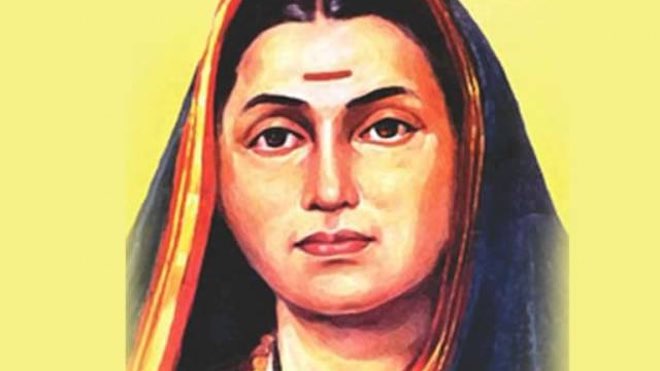
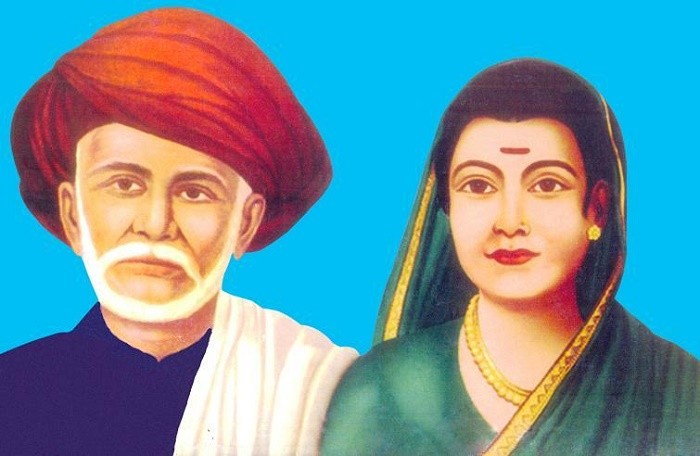
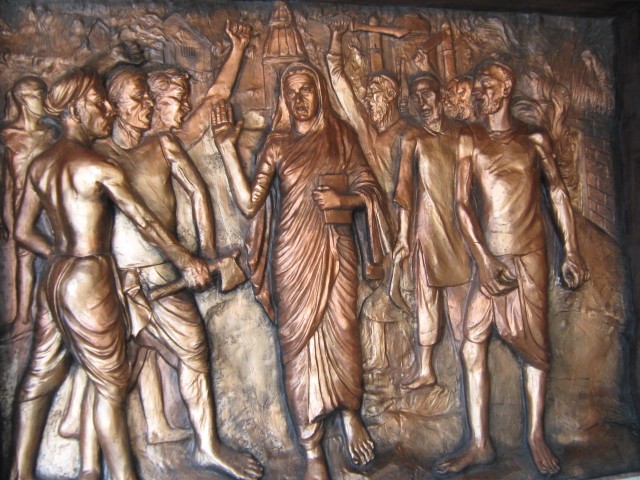
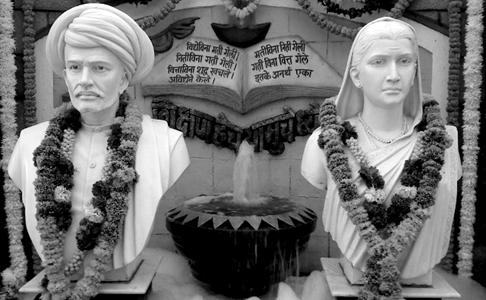
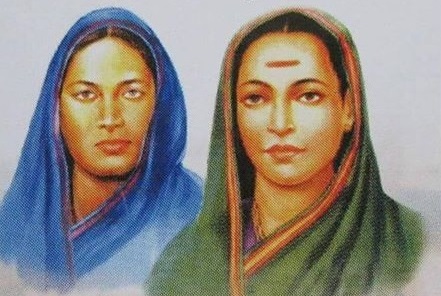
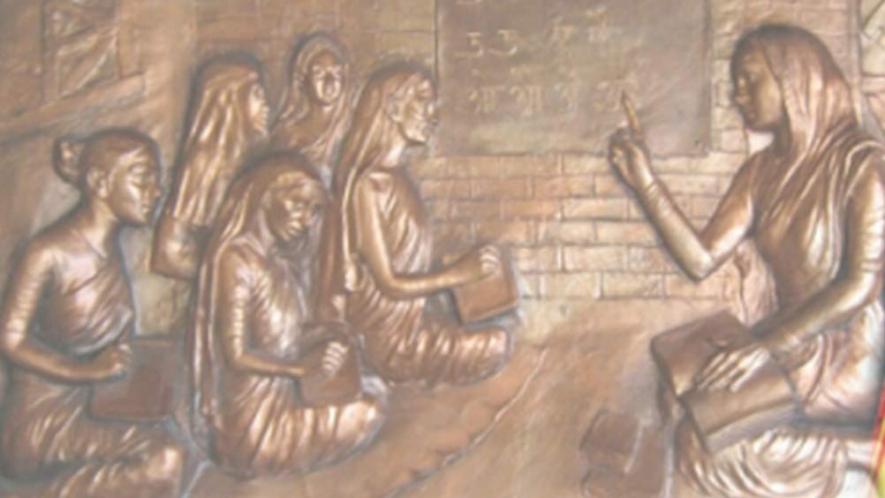
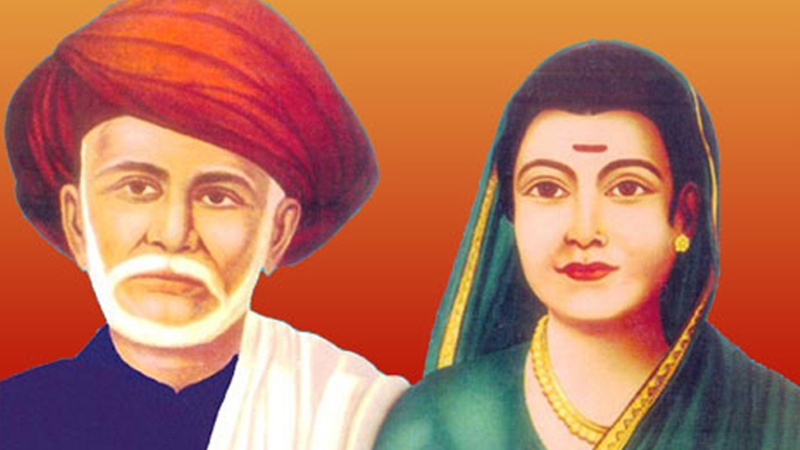
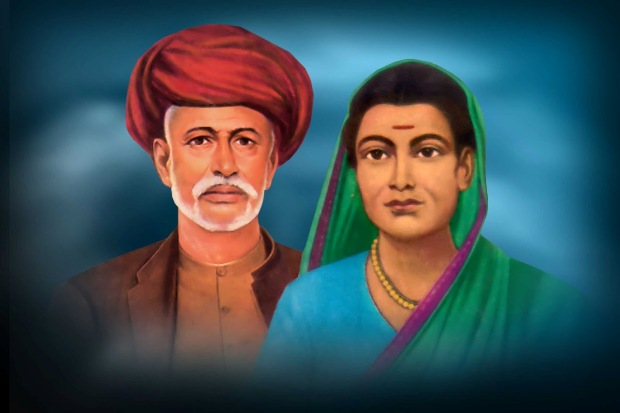
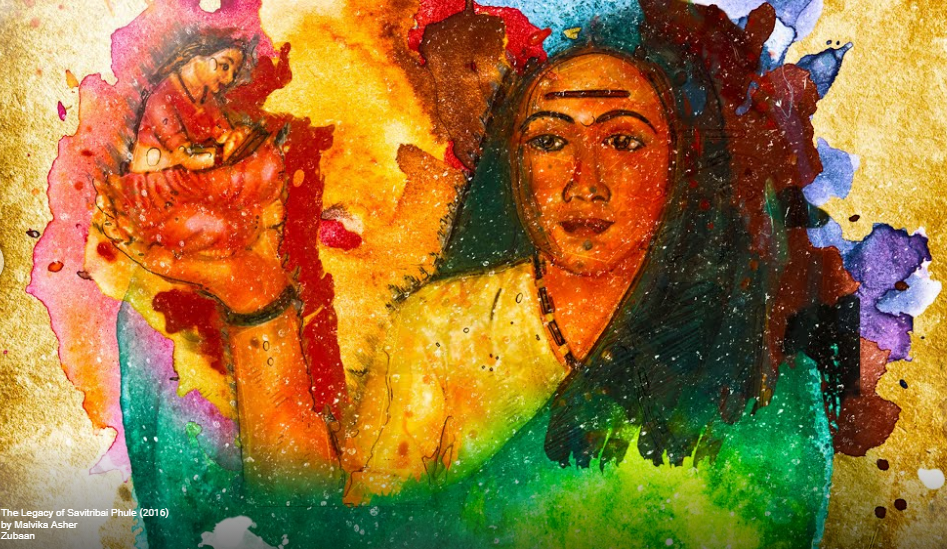
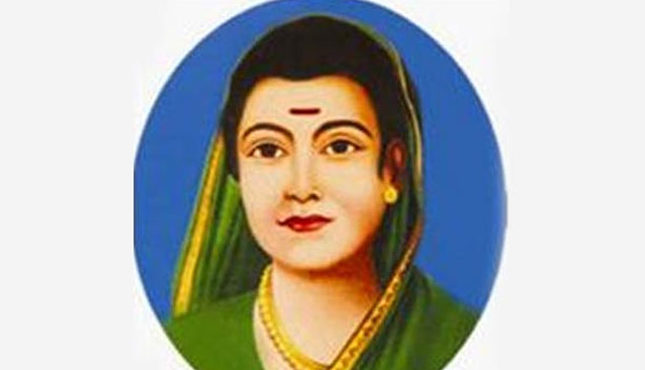
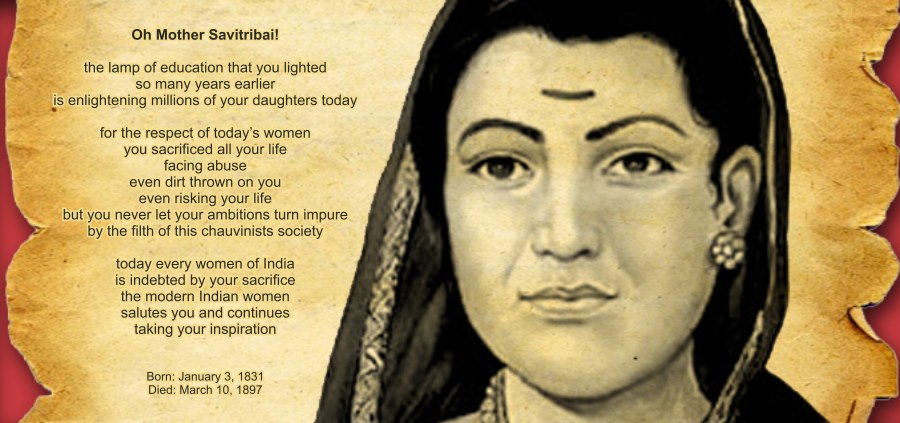
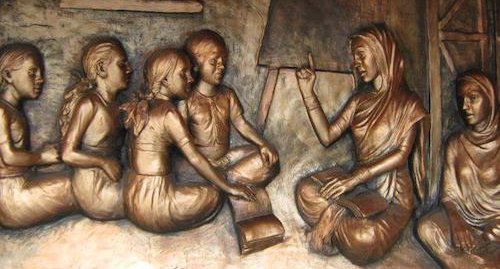
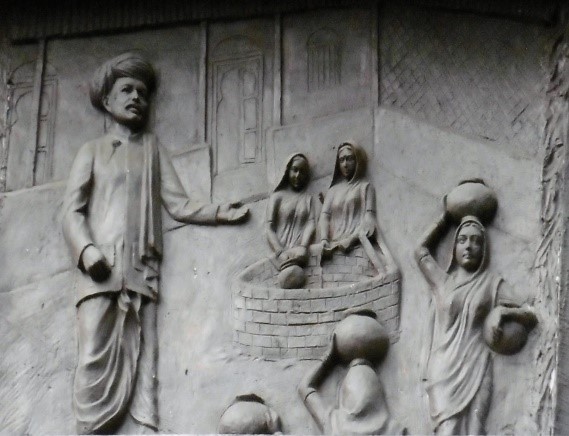
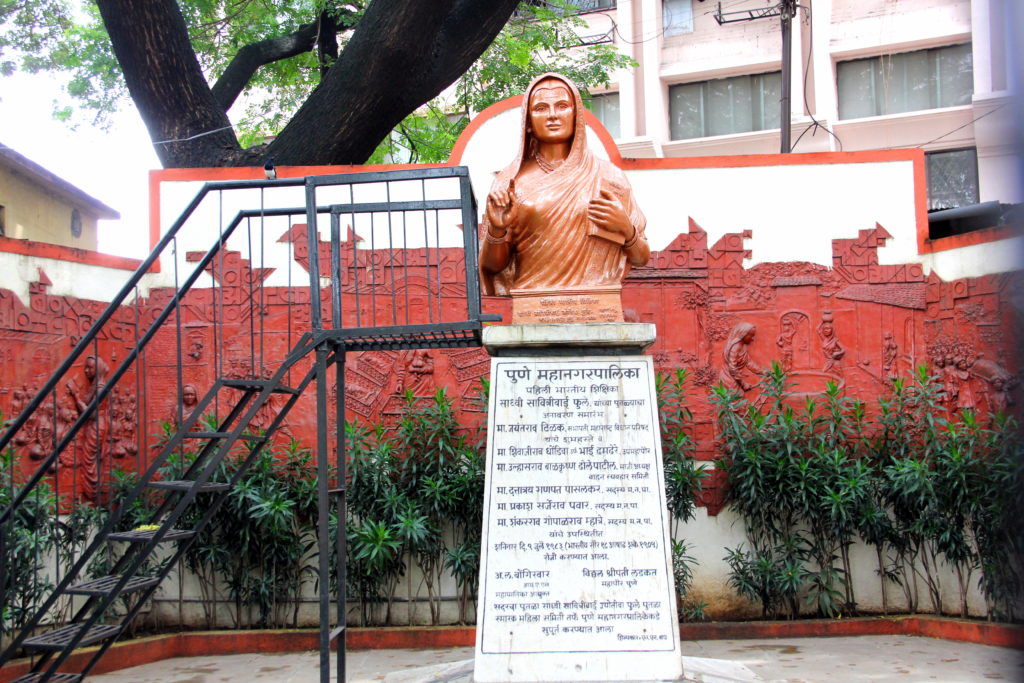
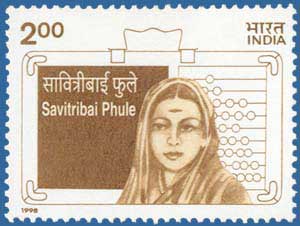
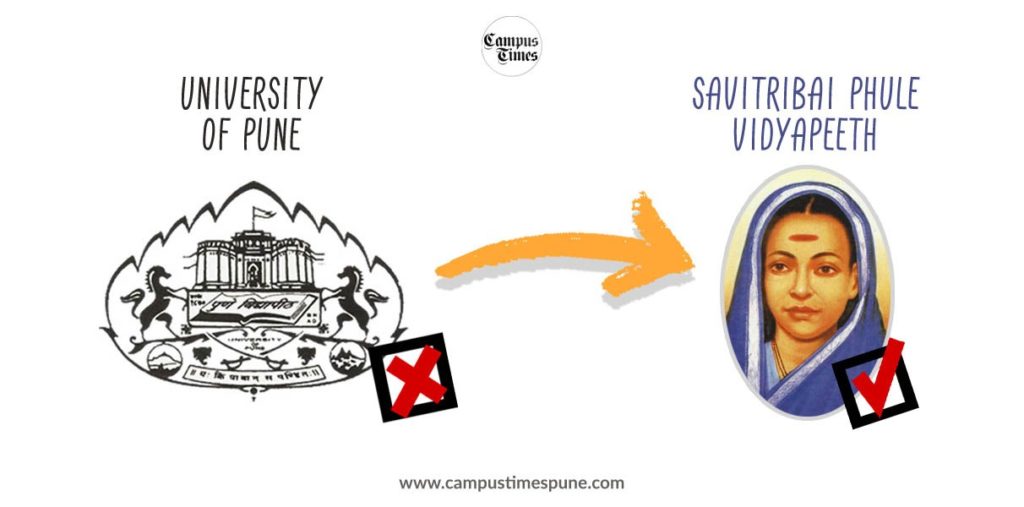
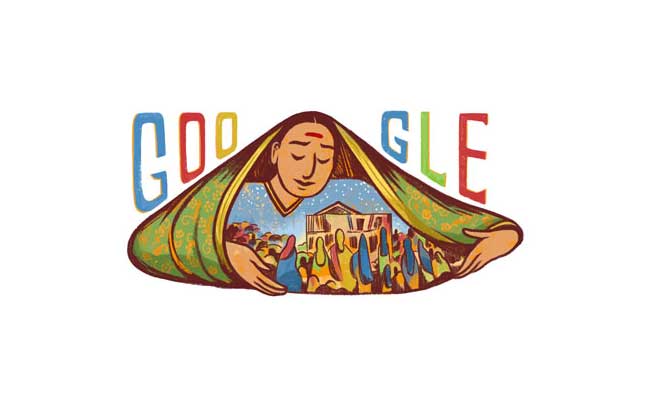

Congratulations…. and thnx for the timeline— some aspects of her life I was not aware of… so hats off to u ..
Very Nice illustration. Had a chance to read on her 191st Bith Annicersary.
Wonderful, Excellent information.
One Below Findings.
During the 1876 to 1898 famines, Savitribai Phule worked courageously with her husband and suggested many new ways to overcome the difficult time…Above the year mentioned from 1876 to 1898 she worked but as mentioned above in poetry section the death date is mentioned as 4th March 1897 so how she worked in 1898. Please review and if found incorrect dates do corrections.
Thanks for the comment but what we are trying to say is famines which lasted from 1876 to 1898, she worked along with her husband but not for the whole period, further Jotiba Phule also died much before that actually. The period mentioned is the famine period. Maybe we should rephrase it as it might be confusing. Thanks once again.
Superb timeline
Thank you
Thank you. Please share it with others.
I hope our younger generation of men and women accept role of Dr.Ambedkar and Jyotiba and Savitri Bai Phule.
Thank you for preserving the history of the oppressed, who will be the inspiration for a long time to come.
Wow! What a woman!
She is an inspiration!